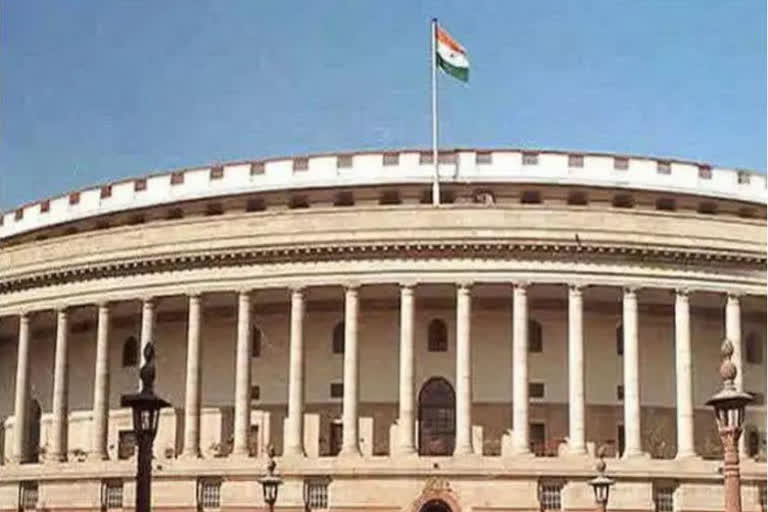New Delhi: The Election Commission of India has started the process for the Vice-presidential elections to elect the next Vice President of India as incumbent VP-M Venkaiah Naidu’s tenure- is set to expire on August 10. In India, the Vice President is the second-highest public office after the President and also holds the dual portfolio as Chairman of the Upper House of India’s bicameral parliament – the Rajya Sabha.
The Vice President is elected for a period of five years and in certain cases, he discharges the duties and functions of the President of the country as per the provision of the Constitution. The ongoing election process will elect the 16th Vice President of India.
Constitutional Provisions
According to the provisions of Article 66 of the Constitution, the Vice President is elected by the members of an electoral college which is made up of the members of both the houses – the Lok Sabha and the Rajya Sabha - through a single transferable vote. In this election, the Electoral College includes 543 elected members of the Lok Sabha, 233 elected, and 12 nominated members of the Rajya Sabha.
In this case, the value of the vote of all 788 elected/ nominated members of the Parliament is one vote. Article 68 of the Constitution mandates that the election process must be completed before the expiry of the term of the outgoing Vice President, which in this case is ending on August 10, 2022.
Article 324 of the Constitution read with the Presidential and Vice-Presidential Elections Act of 1952 and the Presidential and Vice-Presidential Elections Rules of 1974, gives the power of superintendence, direction, and control of the conduct of election for the post of Vice President of India to the Election Commission of India.
Nomination Process
A nomination paper of a candidate has to be subscribed by at least twenty MPs as proposers and by at least other twenty electors as seconders. An elector can subscribe to only one nomination paper of a candidate as either a proposer or a seconder.
A candidate can file a maximum of four nomination papers. The security deposit for the Vice President’s election is Rs 15,000, which is required to be paid along with the nomination paper. July 19 is the last date for filing nominations. The scrutiny of nomination papers will be done on July 20 and the last date for withdrawal of candidature is July 22.
Secret Ballot for VP election
Article 66 (1) of the Constitution provides that the election will be held in accordance with the system of Proportional Representation by means of the single transferable vote and this voting will be by way of a secret ballot.
In this system, the Members of Parliament are required to mark their preferences against the names of the candidates. Preference can be marked in the international form of Indian numerals, in Roman form, or in the form of any recognized Indian language.
Preference has to be marked in figures only and shall not be indicated in words. The elector can mark as many preferences as the number of candidates. While the marking of the first preference is compulsory for the ballot paper to be valid, other preferences are optional.
There is no option of open voting in the Vice President’s election and showing the ballot to anyone under any circumstances in the case of Presidential and Vice-Presidential elections is completely prohibited. Moreover, political parties cannot issue any whip to their MPs in the matter of voting in the Vice-Presidential election.
Where does the voting take place?
As per Rule 8 of the Presidential and Vice-Presidential Elections Rules of 1974, polls for the election will be taking place in the Parliament House if there is no contest.
With both the ruling NDA and opposition parties fielding their respective candidates for the Vice Presidential election, then polling would take place in Room No. 63 of Parliament House in New Delhi on August 6 (Saturday). And the next Vice President would take oath on August 11 (Thursday).



